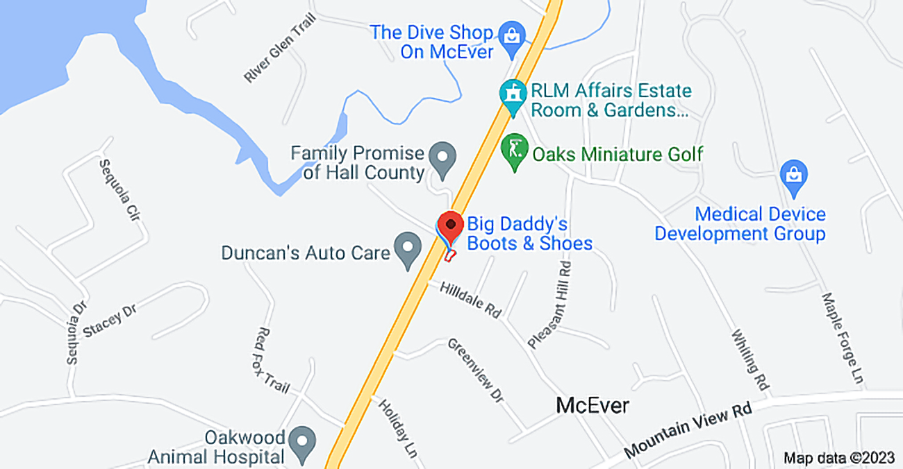The Importance Of Safety Footwear
Wearing safety-toe shoes in the workplace is of utmost importance as it helps protect workers from foot injuries and ensures their overall safety. The following information highlights the significance of safety-toe shoes, along with recent data on foot injuries incurred by individuals not wearing such footwear.
- Protection against falling objects: Safety-toe shoes typically feature reinforced toe caps made of steel, aluminum, or composite materials. These toe caps provide a protective barrier against heavy objects that may accidentally fall or be dropped onto the feet. Without safety-toe shoes, workers are at a higher risk of sustaining severe injuries such as fractures, lacerations, or even amputations.
Recent data: According to a report published by the Bureau of Labor Statistics (BLS) in 2021, it was found that approximately 60% of foot injuries in workplaces occurred due to falling objects, and a significant number of these injuries could have been prevented with the use of appropriate safety footwear.
- Impact and compression hazards: In various industries such as construction, manufacturing, or warehousing, workers are exposed to potential hazards from heavy machinery, equipment, or vehicles that can cause impact or compression injuries to the feet. Safety-toe shoes provide a protective barrier against these hazards, reducing the risk of serious harm.
Recent data: The Occupational Safety and Health Administration (OSHA) reported that workers not wearing safety-toe shoes suffered from approximately 70,000 foot injuries in 2020, with a significant portion of these injuries resulting from impact or compression accidents.
- Prevention of punctures and cuts: Work environments such as construction sites, manufacturing plants, or warehouses often involve sharp objects, protruding nails, or other hazards that can puncture or cut through regular footwear. Safety-toe shoes are designed to resist penetration, featuring puncture-resistant soles and additional layers of protection. They effectively reduce the likelihood of foot injuries caused by punctures or cuts.
Recent data: In a study conducted by the National Institute for Occupational Safety and Health (NIOSH) in 2019, it was observed that workers who did not wear safety-toe shoes experienced a significantly higher rate of foot injuries due to punctures and cuts compared to those who utilized proper protective footwear.
- Enhanced stability and support: Safety-toe shoes often incorporate features that provide additional stability and support to the wearer, such as slip-resistant outsoles, ankle support, and cushioning. These features can help prevent slips, trips, and falls, reducing the risk of foot and other related injuries.
Recent data: According to the BLS, slips, trips, and falls accounted for a substantial number of workplace injuries. The use of safety-toe shoes with slip-resistant features has been shown to significantly reduce the incidence of these accidents.
It is important to note that the data provided in this response is based on general statistics and may not reflect the most recent or specific data available. It is always recommended to consult industry-specific reports, government agencies, and authoritative sources for the most up-to-date information regarding workplace safety and foot injuries.



